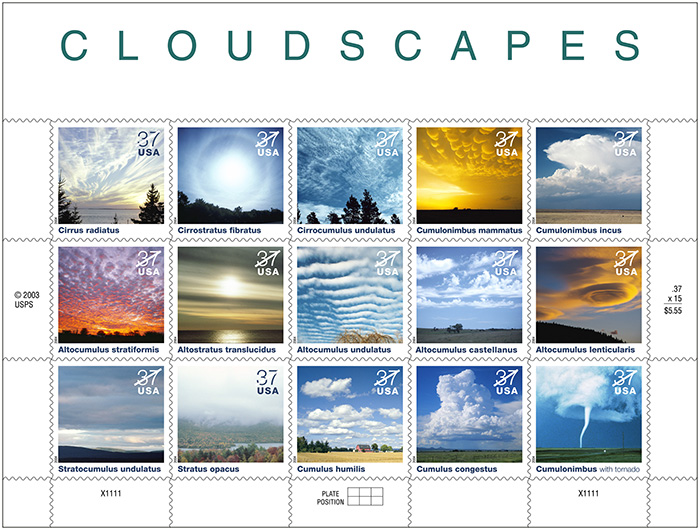
Art Director: Howard Paine. Illustrator: Mark Stutzman.
In 2006, I was appointed by the United States Postmaster General to something called the Citizen’s Stamp Advisory Committee, a 15-person board of advisors charged with considering the cultural, historic and artistic merits of producing our country’s postage stamps. I had never been on a board before, and in truth, it was overwhelming. My colleagues included historians and judges, professors, athletes, and even one former Postmaster General. I had no idea how to penetrate this august group of experts whose qualifications far exceeded my own. And then there was my rather paltry understanding of all things philatelic. By all indications, I was doomed, and it was only a matter of time before I’d reveal my true ignorance and be given the toss.
I sat nervously in my first meeting, wondering what to say if I was called upon. And then, way down at the end of the long table, a kind looking man sat drawing—drawing!—in his notebook. He looked at me and winked.
I was saved. 
Howard Paine was interested in everything, from history to poetry, photography to music, geography to politics to education. He was the perfect person to design our nation’s stamps, because he had an indefatigable appetite for the world and he knew so much. (And he wasn’t afraid to ask questions when he didn’t.) We’d sit together at lunch breaks and talk. And draw. And talk about drawing, and think about how to solve problems through drawing. I would later learn that during his lengthy tenure—first, as a member of CSAC and later as one of its core art directors—he was involved in the design of some 400 stamps. He was openly fond, he’d tell me, of portraits (stamp people sometimes call them “severed heads”), which he felt were ideal for the diminutive scale of stamps, becoming instant and “compelling” logos. And indeed, it was Howard who was responsible for the design of America’s best-selling stamp of the past century—the Elvis Presley stamp, which sold in excess of 500 million. Yet he was remarkably experimental in his thinking, introducing, for example, the 2004 Cloudscape series. As a pane of stamps they read almost as abstract paintings, and they quickly sold out. (How perfect that Paine should have played so deftly with the pane!)
Following a long, distinguished career at National Geographic, Howard came to stamp design as a kind of visual anthropologist. He had a broad understanding of the world, and yet there was something quiet and unassuming about his presence. He understood people, and the grace with which he expressed his ideas—and listened to the ideas of others—is, I have since come to realize, one of the lost art forms of our time. Howard Paine was not only a designer, he was a philosopher: indeed, his college degree was in precisely this. Kind and generous, with a quick wit and hearty laugh that engaged anyone within earshot, he loved graphic design, inventive thinking, and elegant solutions. He deplored narrow-mindedness, willful ignorance, and cultural prejudice. Mostly, though, he possessed an endearingly rare combination of sophistication and humility—dual qualities to which we might, all of us, aspire. And he never stopped drawing.
